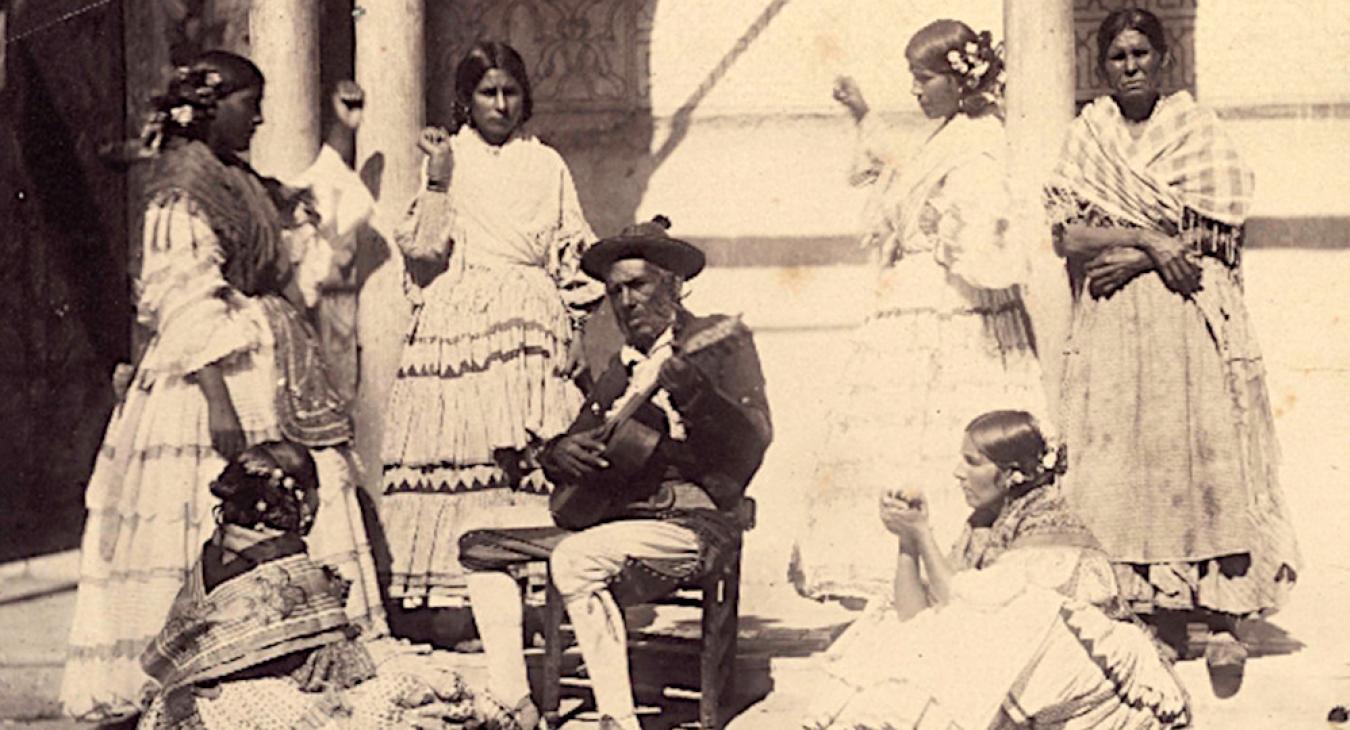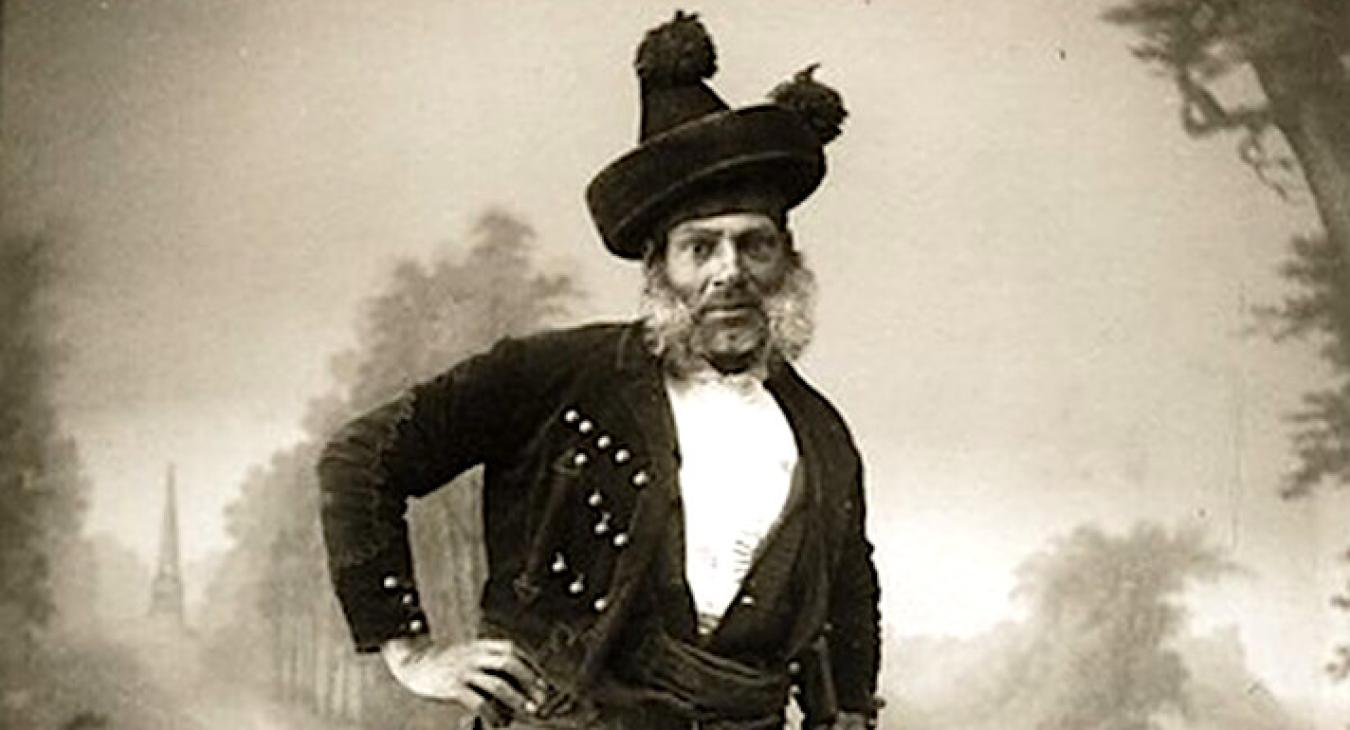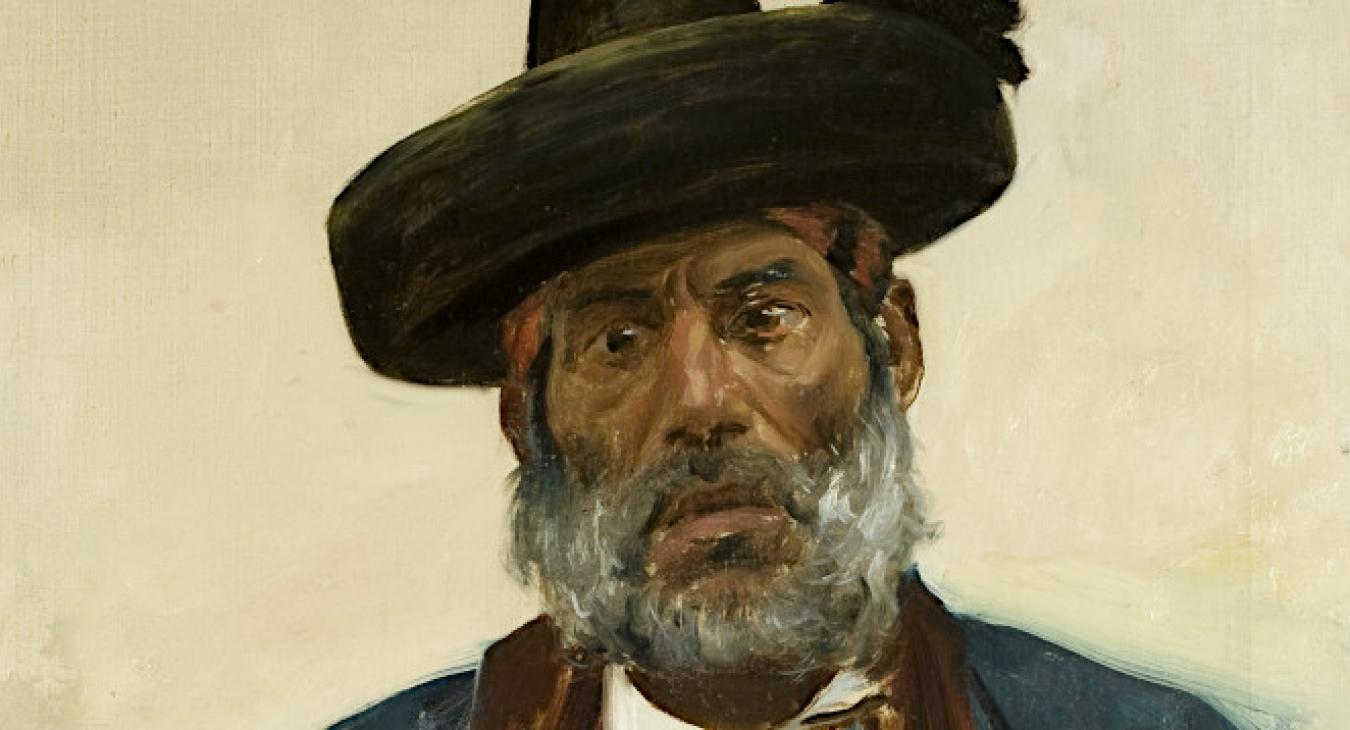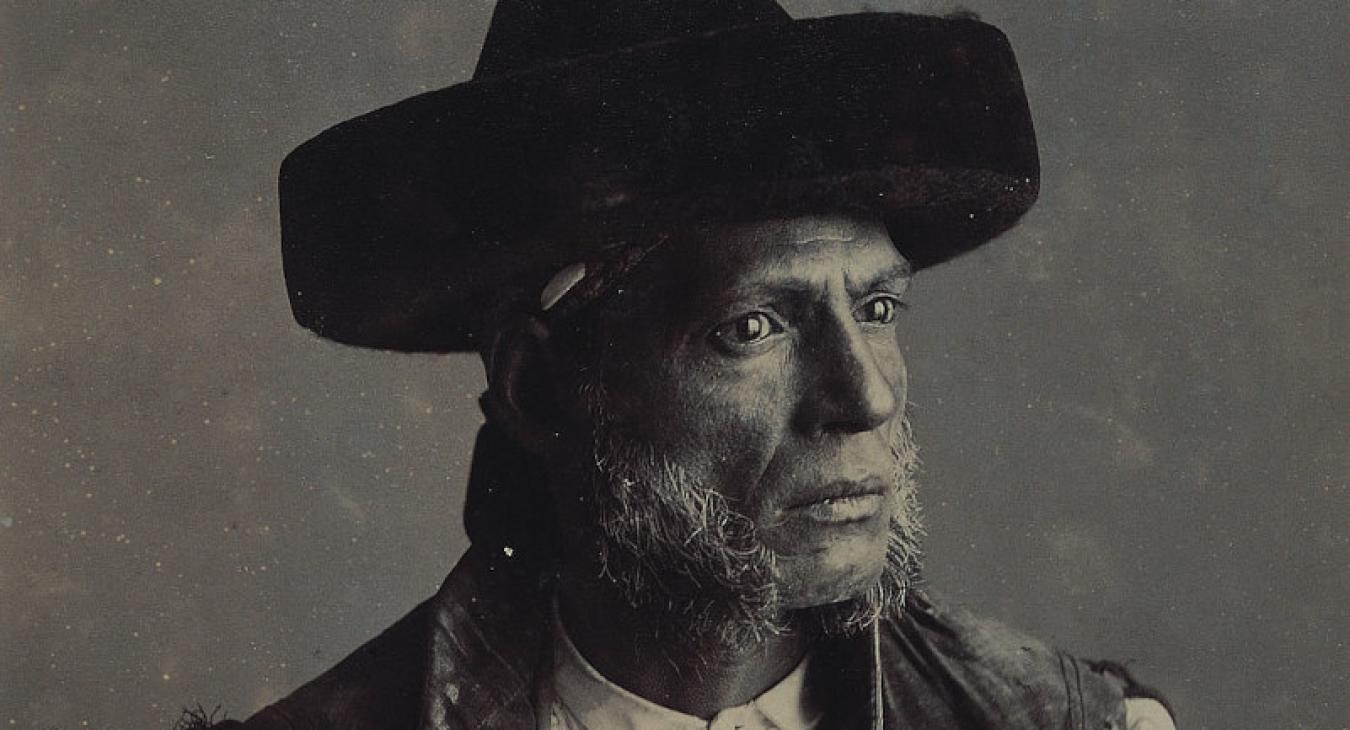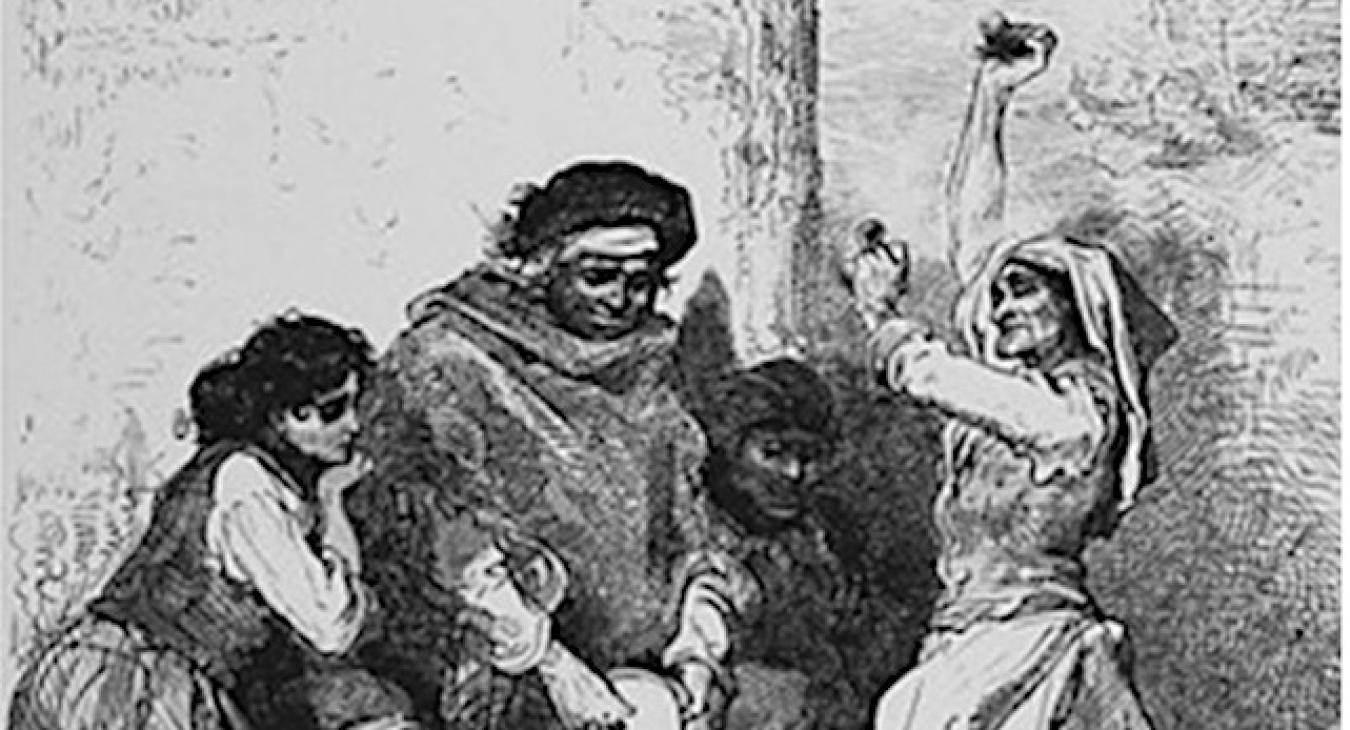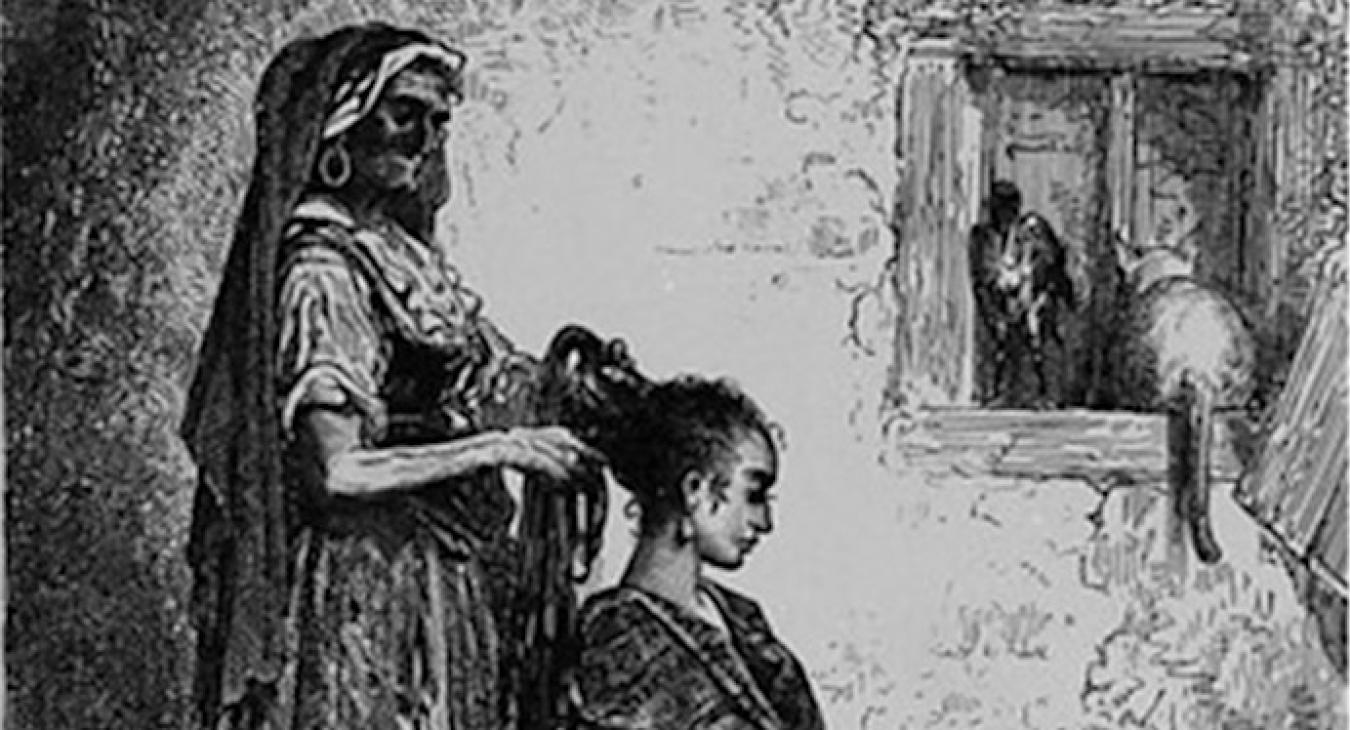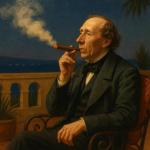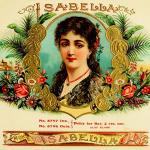Hans Christian Andersen briefly describes a group of Romas being photographed in the Lion's Court at Alhambra in his travel book. A photograph matching Andersen's description still exists, but who were the people in the photograph?
When I first truly took note of H.C. Andersen's brief mention of the Roma group in the Lion's Court at Alhambra [ please see the article ], I was simply curious to find out whether any photographs from the mentioned photo session still existed. As it turns out, there are indeed two surviving photographs, one of which, in particular, closely aligns with Andersen's description of the Roma group.
The Eternal Curiosity
The Internet allows us to explore every corner of history and geography with ease. Research that, 30 years ago, would have taken weeks and probably required actual travel can now be completed in a matter of days, with nothing more than a computer. It’s clear that these remarkable search tools fuel our natural curiosity. So, once I’d uncovered the snapshot from Andersen’s trip to Spain, the next question quickly arose: Who were the people in the photograph? Can we track down their names or any other details about them?
A series of combined searches using various search techniques actually provided an answer to that. At the same time, it led me into a relevant discussion about whether the Spanish cultural clichés—bullfighting, flamenco, fiestas, siestas, mañana, etc.—are, in fact, damaging to Spain’s reputation (even though they undoubtedly benefit tourism).
Chorrojumo - The Authentic Roma
But back to Charles Clifford’s photograph of the Roma group. The man in the center, whose skin resembled tanned leather, was born Mariano Fernández Santiago. Originally a blacksmith by trade, he had a particular talent for self-promotion. In Granada, he was known by the moniker Chorrojumo (chorro de humo = jet of smoke), likely due to his leathery complexion, and he became a well-known figure during the latter part of the 19th century. Chorrojumo developed a stereotype—the exotic Roma—which he embodied and presented to tourists. Over time, he became a wealthy man by embodying this Roma character, and he also inspired many imitators.
Legend has it that Chorrojumo's commercial venture began in 1868 when the renowned painter Mariano Fortuny y Marsal*, during a stay in Granada, came up with the idea of painting Chorrojumo in a particularly colorful costume. The outfit was meant to accentuate the distinctive, exotic traits associated with the Roma people. Since the early 19th century, Spain had been going through a cultural movement that deliberately showcased its unique national qualities and values**, as a counterbalance to years of French and Italian influence. Chorrojumo, dressed in Roma attire, fit seamlessly into the era’s notions of national identity***. This enabled him to market himself as the authentic, exotic Roma, immortalized by none other than Mariano Fortuny.
The Development of a Brand
The story is compelling, but it's unlikely to be entirely true. Only one painting of Chorrojumo is vaguely attributed to Mariano Fortuny, and it lacks the high technical quality typical of Fortuny's other works. Moreover, the two photographs taken during the photographic session Andersen witnessed show that Chorrojumo was already posing as the "authentic Roma" by 1862.
Regardless of how the details align, at some point, Chorrojumo began performing for tourists at the Alhambra Palace in Granada. Over the years, he refined both his costume and his portrayal of the Roma character, calling himself the King of the Roma people, and eventually becoming a recognized figure in the city. Several artists painted portraits of the Roma king, photographers captured his image, and postcards featuring Chorrojumo were produced and sent around the world. Politicians and royals had their pictures taken with him. It is said that on one occasion, he addressed the German Emperor Wilhelm II informally, using the familiar "you," and casually inquired about the emperor’s family—after all, they were both royalty. The emperor is reported to have been amused by the episode.
Manipulating the Authentic
Mariano Fernández Santiago, known as Chorrojumo, died in 1906 at the age of 82. By that time, many imitators had already begun to take over his trade.
Views on Chorrojumo’s role as a Roma stereotype are mixed. His story is often seen as an example of how tourism contributed to a distorted portrayal of Roma culture in Granada. It’s clear that the numerous paintings and photographs of Chorrojumo were far from reflecting the cultural and social realities faced by Granada's Roma population. Much like the flamenco events staged for American movie stars in the Sacromonte neighborhood during the 1950s, which were hardly to be considered authentic ‘fiestas gitanas’. This practice continues today with modern tourist events that package an exoticized version of Spain’s cultural diversity.
On the other hand: Is it wrong to exploit and even manipulate a national or cultural idiom if it provides a livelihood, especially for a marginalized group? For example, the commercial "exploitation" of Spain's unique musical heritage has led to the creation of new music genres of great beauty. Flamenco music, developed within Roma traditions, is living proof of this. The commercialization of Spanish folk music in the early Cafés Cantantes**** eventually elevated Roma music from folk music and mere entertainment to a recognized art form.
Through paintings, photographs, literature, and music, Chorrojumo and his imitators have helped bring Roma culture in Spain into the spotlight, making it both visible and intriguing. The enterprising Roma king Chorrojumo was instrumental, for better or worse, in shaping the image of Spain as exotic and unique. The brand - "Spain is different" - is still thriving today and remains a key element of Spanish tourism.
* https://en.wikipedia.org/wiki/Mariano_Fortuny_(painter)
** In other countries, exotic Spain was also noticed. In music, the "Spanish tone and rhythm" served as inspiration for many well-established composers, from Glinka’s Spanish Overtures in 1847 to Bizet’s Carmen in 1875.
*** In Spanish, the term 'Casticismo' is used, derived from the same root as the word 'caste'; it refers to one's own cultural heritage.
**** A form of variety show featuring singing and dancing, Cafés Cantantes originated in France but spread throughout Europe. ‘Bakkens Hvile’, located in Dyrehavsbakken just north of Copenhagen Denmark, is the last remaining variety theater from that tradition.

